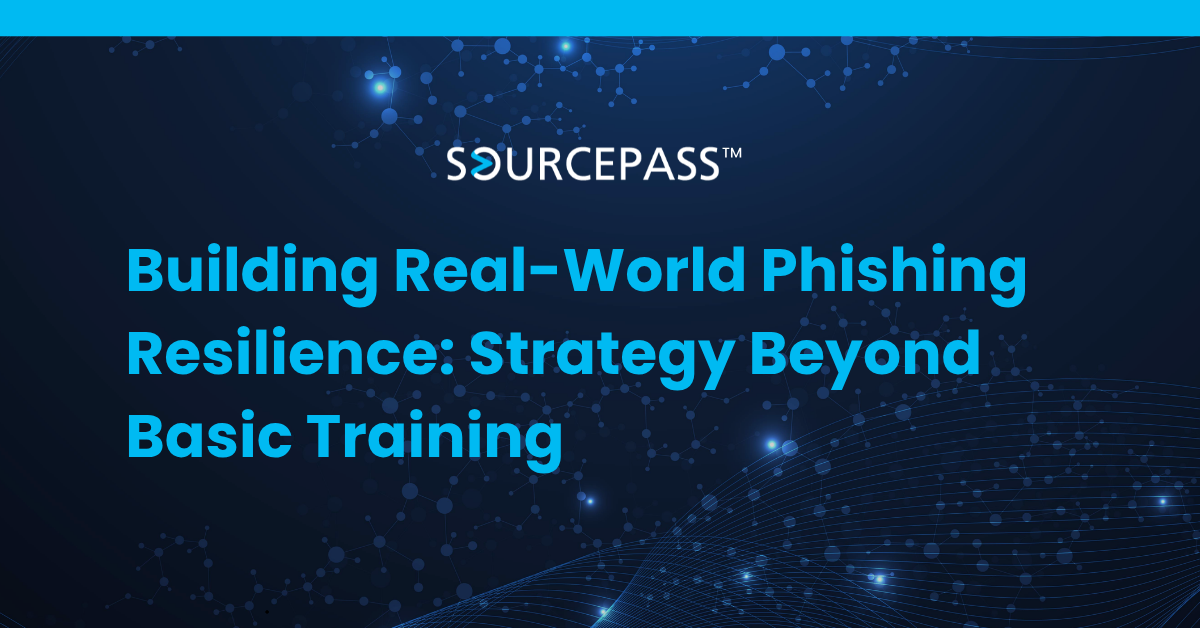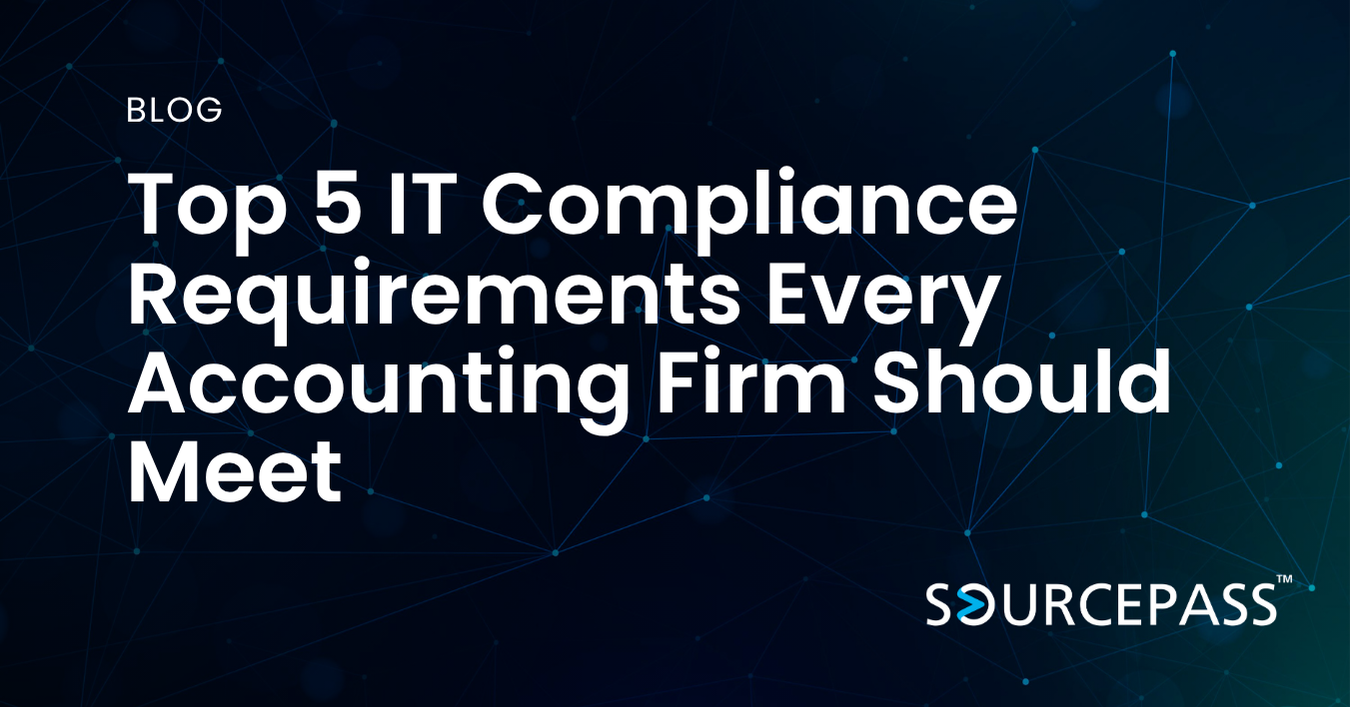Building Real-World Phishing Resilience: Strategy Beyond Basic Training
Nov 11, 2025 Alex Davis Security Awareness Training | Cybersecurity 2 min read



Moving Beyond User Training: Embedding Resilience Into Your Business
Security awareness training is a strong foundation, but it is no longer enough. Phishing attacks are now more targeted and sophisticated, using generative AI and business-specific personalization to deceive users. True resilience means being able to detect, disrupt, and recover from attacks quickly—regardless of user role or experience.
Start by embedding a “report, then react” culture across your organization. Every employee should feel empowered to report suspicious activity without hesitation or fear of blame. This early detection mindset strengthens the organization’s collective security posture.
To complement human vigilance, implement layered technical defenses:
-
Automated verification tools to identify and block spoofed domains
-
Email authentication protocols such as SPF, DKIM, and DMARC
-
Advanced email gateways and sandboxing to isolate malicious attachments and links
-
User behavior analytics to detect anomalies before they escalate
Managed IT and security service providers can help implement these controls and monitor threats continuously. Incorporate lessons from every incident, including false alarms, into your strategy. Transparency and continuous improvement are central to building organizational resilience that lasts.
Creating an Engaged Security Culture and Advanced User Reporting Systems
Building phishing resilience requires an engaged workforce and streamlined reporting. Training alone cannot stop modern phishing attacks; success depends on ease of reporting, clarity of escalation paths, and reinforcement through real-world simulation.
Enable fast, frictionless reporting through integrated Microsoft 365 or Google Workspace add-ins, or centralized dashboards that allow employees to flag suspicious messages instantly. Run quarterly phishing simulations with realistic scenarios tailored to your business environment. After each test, host collaborative debrief sessions to review outcomes, share insights, and celebrate successful detections.
To sustain engagement, create incentives and recognition programs. Highlight “top detectors,” host department challenges, or publicly acknowledge proactive reporting. These actions reinforce positive behavior and keep phishing defense top of mind.
Pair cultural engagement with technical automation. After an employee reports a phishing attempt, automated alerts should guide next steps—such as deleting the email or disconnecting from the network. Ensure every employee knows how to escalate a suspected breach, preserve evidence, and notify the right contacts. This clarity prevents confusion during real incidents and reduces downtime.
Testing, Recovery, and Measuring Program Effectiveness for Lasting Resilience
No phishing resilience program is complete without testing and measurement. Establish clear key performance indicators (KPIs) such as:
-
Average time from detection to response
-
Percentage of staff participating in simulations
-
Number of successfully reported phishing attempts
-
Speed of incident escalation
Conduct full-scale incident response exercises that mimic real phishing attacks. Involve leadership, IT, HR, and communications teams to validate how well escalation paths and containment plans perform under pressure. These tests help reveal process gaps before an actual breach occurs.
Post-incident reviews are equally valuable. Document lessons learned, update training content, refine escalation procedures, and communicate outcomes across teams. Use insights from tools like Microsoft Secure Score or Defender for Office 365 to align technical posture with user education.
Continuous improvement ensures your business remains resilient against evolving phishing threats. Stay informed through trusted sources such as the National Cyber Security Centre (NCSC), CISA’s Phishing Guidance, and other cybersecurity advisories that publish evolving tactics and prevention methods.
When phishing resilience becomes an integrated part of business culture, not just a training module, organizations are better prepared to anticipate, detect, and recover from threats.
FAQ: Building Phishing Resilience in Your Business
Q1: What does phishing resilience mean for a business?
A: Phishing resilience refers to an organization’s ability to identify, report, and recover from phishing attacks quickly and effectively while minimizing disruption.
Q2: How often should phishing simulations be conducted?
A: Quarterly simulations are ideal for maintaining awareness, reinforcing learning, and measuring employee progress across teams.
Q3: How can businesses encourage employees to report suspicious emails?
A: Make reporting simple through integrated tools, reward proactive behavior, and create a culture where reporting is recognized rather than punished.
Q4: What technical tools help improve phishing resilience?
A: Use SPF, DKIM, and DMARC for email authentication, advanced threat protection for attachments and links, and behavioral analytics for anomaly detection.
Q5: How do managed IT providers support phishing resilience?
A: Managed providers offer 24/7 threat monitoring, security awareness programs, and response planning, helping organizations close gaps and respond faster to incidents.
Subscribe To
Sourcepass Insights
Sourcepass Insights
Stay in the loop and never miss out on the latest updates by subscribing to our newsletter today!
.png?width=500&height=100&name=White%20Logo%20-%20Transparent%20Tag%20(3).png)



